Gravity and Magnetic Methods for Geological Studies: Principles Integrated Exploration and Plate Tectonics
Strength of this lies in: (a) Geophysical data sets of the Indian Plate and adjoining countries and continents like Pakistan, Tibet (China), Nepal, Bangladesh, Myanmar, Sri Lanka, Madagascar and Antarctica and some global examples from Germany, USA, Russia, Africa etc. (b) Connecting geodynamics to resource exploration using same data for both in different wavebands describing from Mesoarchean (-3.0 Ga) to the present day activity in Indian free-board, Himalaya, Sumatra-Java trench, Alps, Andes etc. and (c) Vertical coherence between surface geology and basement, crustal and lithospheric structures and processes based on geophysical modeling and illustrated by innovative figures, cross-sections and maps (-700), several in colours. They are useful to both academia (students and teachers) and professionals (geologists and geophysicists) alike.
It also presents ways for integrated exploration for hydrocarbons, minerals, groundwater and a number of environmental issues relevant in engineering, archaeology, climate changes, impact craters and volcanoes. In this regard, exploration of –20 mineralized zones of base and precious metals, uranium etc, and –15 basins of Indian continent and offshore for hydrocarbon exploration are discussed in detail. It also discusses and refers –10 case histories of ground water exploration in hard rock areas of India and central Africa. Besides several geodynamic studies, some major/great earthquakes like Shillong, Bhuj, New Madrid, and along the Himalayan front like Kashmir, Kangra, Sicuan, and Sumatra earthquakes and tsunami along with seismic zonation map of SAARC countries are treated extensively. The accessible style of this unique work will benefit researchers, professionals, advanced students and interested readers in Geophysics, Geology, Economic Geology, Geological Engineering, Geography, Mineralogy and related disciplines.
Get it now and save 10%
BECOME A MEMBER

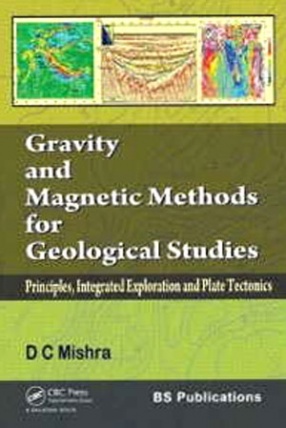
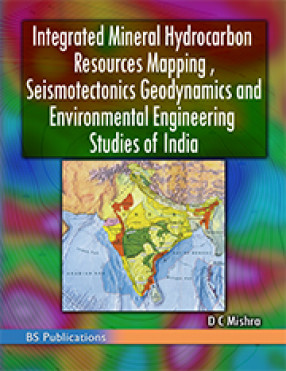
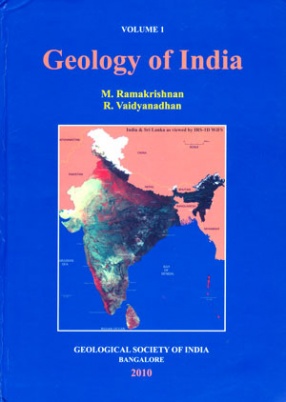
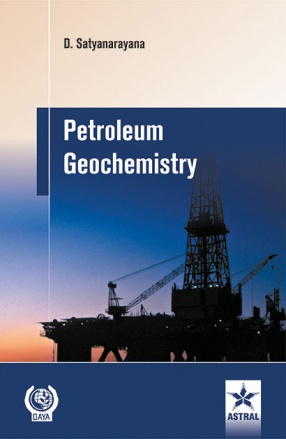
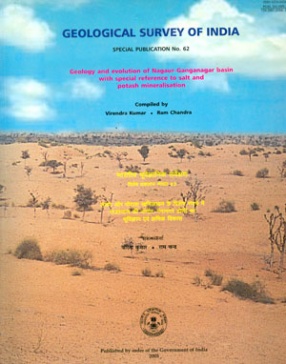
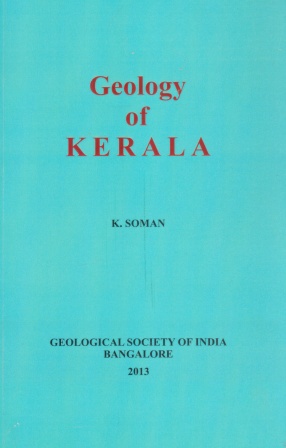

Bibliographic information